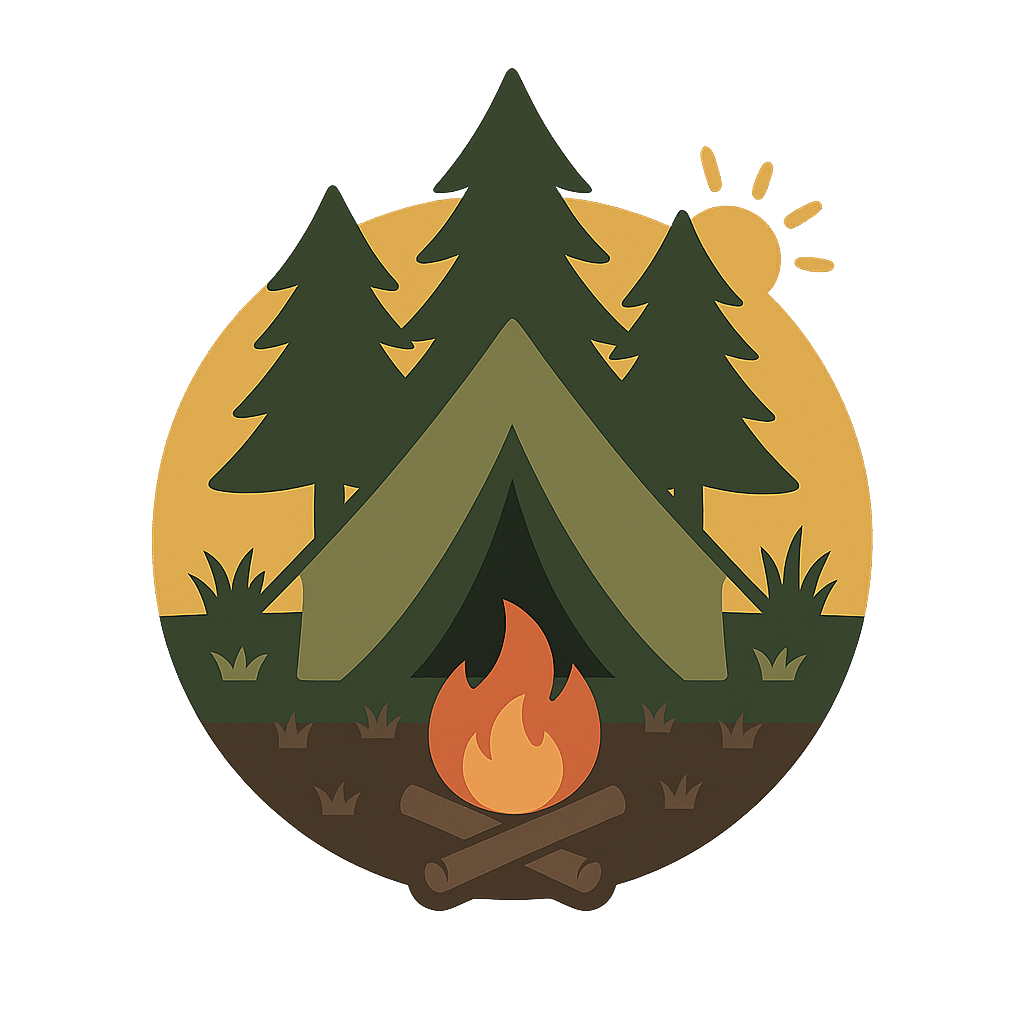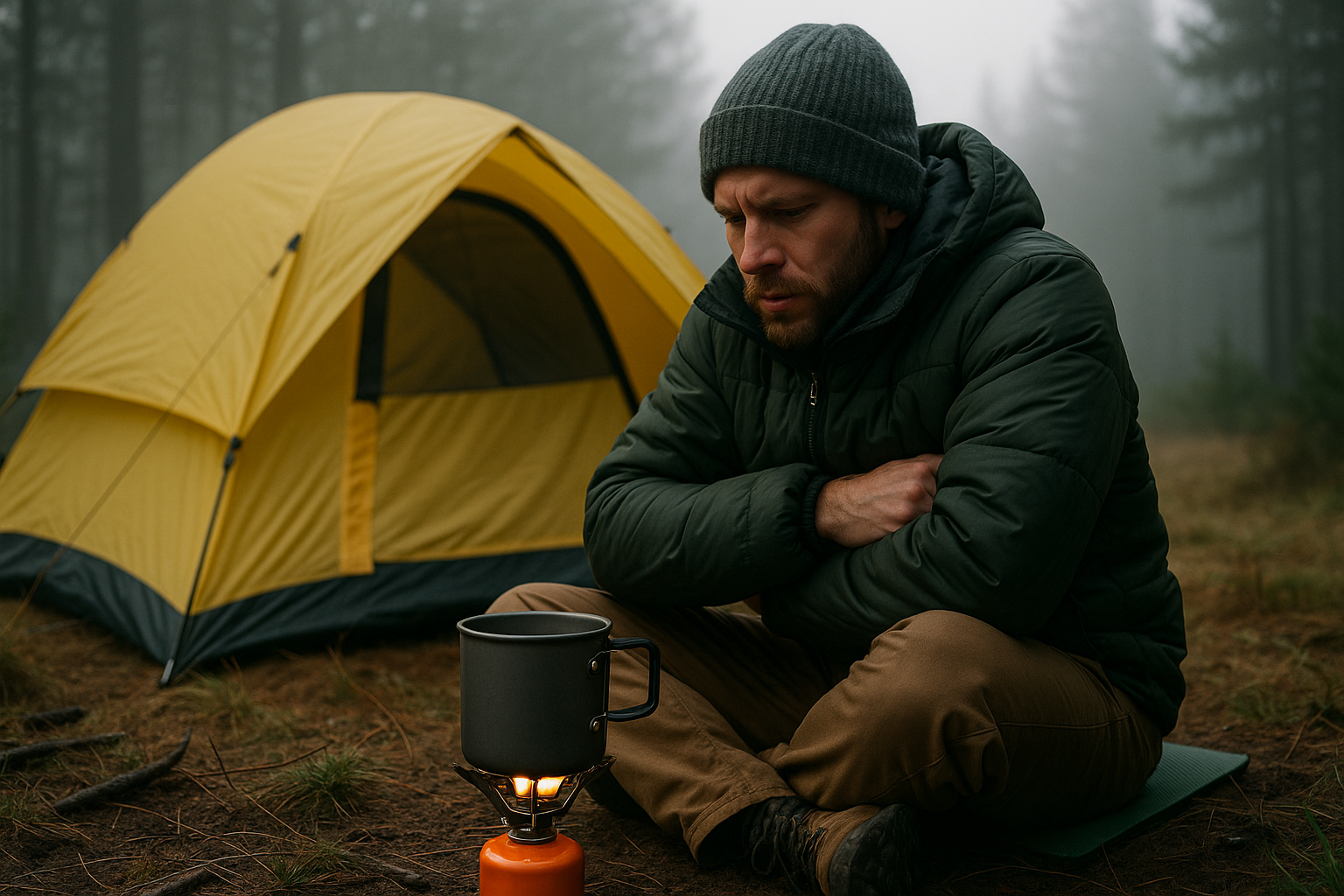You reach your remote camp, exhausted.
Your pack is light, your route was long—and your meal plan depends on heat.
But you’re in a fire-ban zone.
No open flames. No stoves.
Just cold food and colder nights ahead—unless you plan smarter.
This post is your survival field guide for ultralight cooking and heating when fire is illegal, dangerous, or simply not an option.
Let’s break down real, packable alternatives that work without flame, fuel, or risk.
🔥 Why Fire Bans Matter for Campers
Wildfire seasons are longer and more extreme than ever.
Backcountry travelers are seeing more restrictions across national parks, forests, and public lands.
In fire-ban zones, the following are often banned:
- Open campfires
- Alcohol and solid fuel stoves (like Esbit tabs)
- Wood-gathering or fire rings
- In some cases: even gas stoves
Violate a fire ban? You risk fines—or starting the next disaster.
🎯 What You Actually Need to Do Without Fire
To stay fed and warm under a ban, you need gear and techniques that:
- Cook or hydrate food without an open flame
- Generate or preserve body heat without combustion
- Work reliably even when wet, windy, or remote
Here’s your non-obvious, field-tested toolkit.
🔧 1. Flameless Ration Heaters (FRHs)
Weight: ~1.6 oz per unit
Best for: Emergency hot meals without fire
🔥 What it is:
A chemical pouch heater used in military MREs.
Just add water, place meal pouch on top, seal, and wait.
- Heat produced by exothermic reaction (usually iron + salt + water)
- Heats food to ~140°F in 10–12 minutes
- Safe for use inside tent or shelter (with ventilation)
🏕️ Best FRHs:
- Flameless Heater by Heat Factory
- Sopakco MRE Heater Packets
- BaroCook Flameless Cooking System (reusable container style)
✅ Pros:
- Light, packable, disposable
- No flame, no smoke
- Can be used to warm clothing or hands too
❌ Cons:
- One-time use
- Can’t boil water
- Chemical packs need to be disposed of properly
🧠 Hack: Wrap your food pouch in a wool sock while heating—traps more warmth and adds morale comfort.
🛠️ 2. Insulated Thermal Cook Systems
Weight: Varies (~12 oz to 1.5 lbs)
Best for: Heat retention, cold soaking, or solar boosting
🔥 What it is:
A thermal food jar or insulated container that holds pre-heated water or rehydrates meals over time.
Use it to:
- Cold-soak couscous, oats, instant potatoes
- Keep boiled water (if acquired earlier) hot for hours
- “Cook” using solar-warmed water on trails
🏕️ Top Thermal Systems:
- Hydro Flask Food Jar (12 oz)
- Stanley Classic Vacuum Food Jar (20 oz)
- Thermos Funtainer (compact ultralight option)
✅ Pros:
- No flame needed
- Retains internal warmth
- Durable, sealed, multipurpose
❌ Cons:
- Adds bulk
- No active heating (requires warm water or sun prep)
🧠 Pre-load with warm water and dehydrated soup while hiking—ready to eat at camp without fuel.
🧃 3. Solar Cooking (for Open Terrain)
Weight: 5–14 oz
Best for: Hot meals in sun-rich environments (desert, alpine, midday ridgelines)
🔥 What it is:
A reflective cooker that concentrates solar energy into a cooking pouch or pot.
🏕️ Ultralight Solar Options:
- GoSun Go: Compact, tube-based solar oven (2 lbs but powerful)
- Sunflair Mini: Flexible solar panel cooker with zipper oven bag
- DIY Emergency Solar Cooker: Mylar blanket + black pot + zip bag
✅ Pros:
- Truly no-fuel cooking
- Works with soups, grains, beans, fish
- Silent, stealthy, and clean
❌ Cons:
- Requires direct sunlight (no forest or rain use)
- Slower cook times (20–60 minutes)
- Doesn’t work well at dawn/dusk
🧠 Combine with insulated jar to hold the heat after sundown.
🧊 4. Cold Soak Cooking Systems
Weight: ~3 oz total
Best for: No-heat hydration of dehydrated meals
🔥 What it is:
Using cold water + time to rehydrate instant meals.
Great for:
- Instant oats
- Couscous
- Ramen
- Lentil powders, mashed potatoes, trail hummus
Gear Needed:
- Talenti Ice Cream Jar (ultralight favorite)
- Stasher Bag (silicone resealable)
- CNOC Vecto Water Bag (double as cold soak pouch)
✅ Pros:
- Zero heat required
- Pack light, cheap, and fast
- Soak while you hike
❌ Cons:
- Texture less satisfying
- Longer wait time (30–90 min)
- Not viable for meats or dense beans
🧠 Add olive oil or nut butter after soaking for extra warmth and calories.
🧤 5. Heat Without Fire: Body-Warming Hacks
When you can’t make fire, your focus shifts from heating the environment to preserving your own warmth.
🔥 Non-flame body warming:
- Chemical hand warmers (HotHands, Zippo warmers)
- Place in sleeping bag, shoes, or jacket liner
- Ultralight emergency bivy sacks (SOL brand = 4 oz)
- Reflect 70–90% body heat
- DIY rock-warmed stuff sack (solar or friction heated during day)
- Wrap in bandana and place at feet or core
- FRH pouches used under jacket (bonus warmth from meal prep)
🧠 Your body is the fire. Your job is to reflect and trap the heat it’s already making.
🧪 Sample Fireless Meal Plan (24 Hours)
| Time | Meal | Method |
|---|---|---|
| Breakfast | Oats + powdered milk + chia | Cold soaked overnight |
| Midday | Couscous + tuna + olive oil | Soak in sun during hike |
| Dinner | Lentil soup + crackers | FRH pouch or thermal soak |
| Snack | Nut butter + jerky + dried fruit | Ready to eat, high fat |
| Nightcap | Instant cocoa + warm water from insulated jar | Stored heat from day |
🧭 Field-Tested Tips for Fire-Ban Zones
- Check elevation-based fire restrictions before leaving—some areas allow stoves above tree line
- Bring double-duty containers (cook + eat in same jar)
- Layer food bags near core while walking to passive-warm dinner
- Always bring a non-cook backup meal in case of rain, fog, or gear failure
- Mark your fuel-free days with higher fat and sodium intake
🔥 Your goal isn’t gourmet—it’s survival warmth, safe hydration, and morale in motion.
🌄 Final Words: Cooking Smarter When Fire Isn’t an Option
A fire-ban doesn’t mean you freeze or go hungry.
You just shift from burning wood to burning calories and knowledge.
The trick isn’t to bring more gear.
The trick is knowing how to make heat without flame, and how to preserve it once you’ve got it.
Welcome to fireless mastery.
Lightweight. Tactical. Survival-ready.

